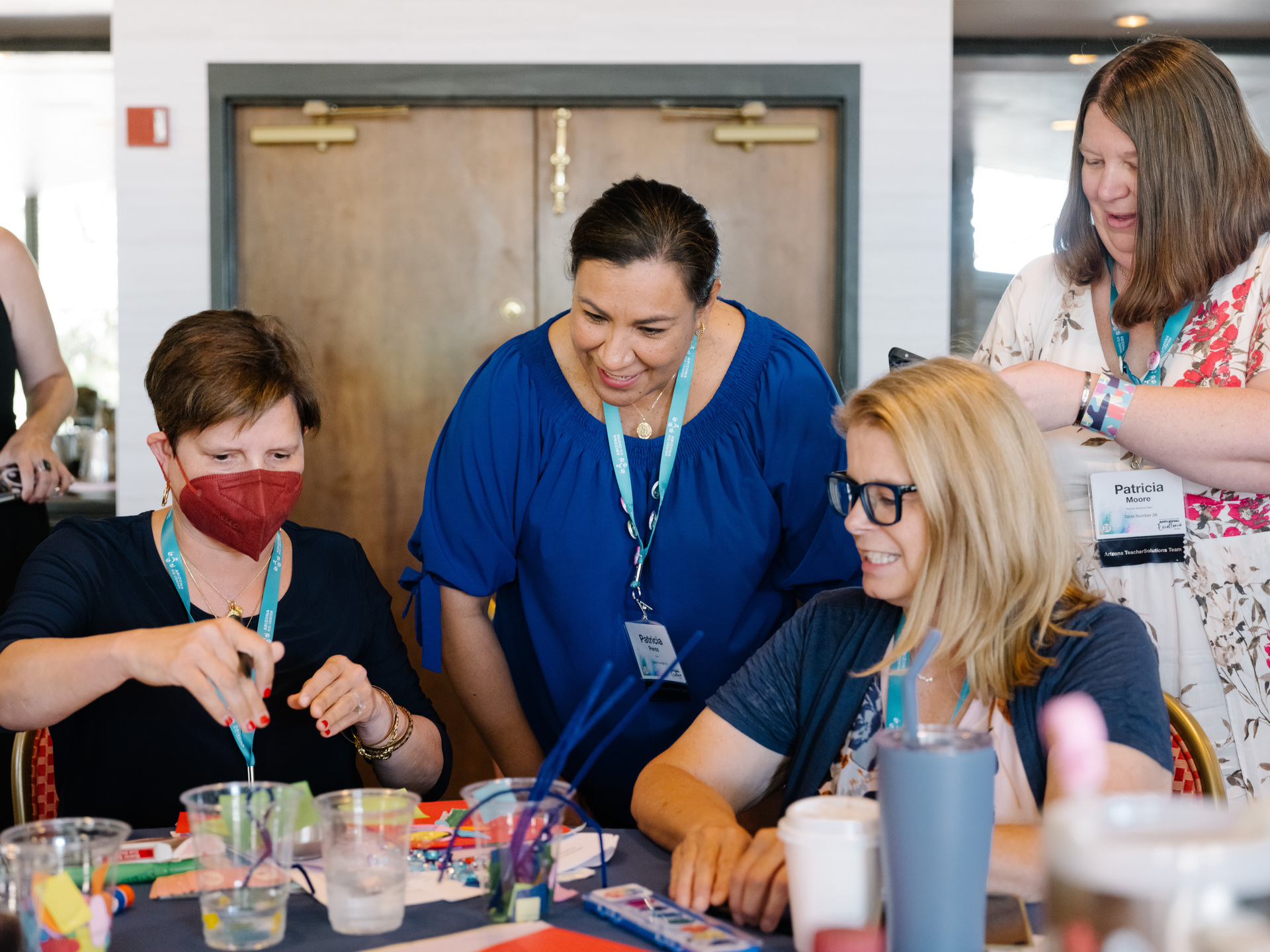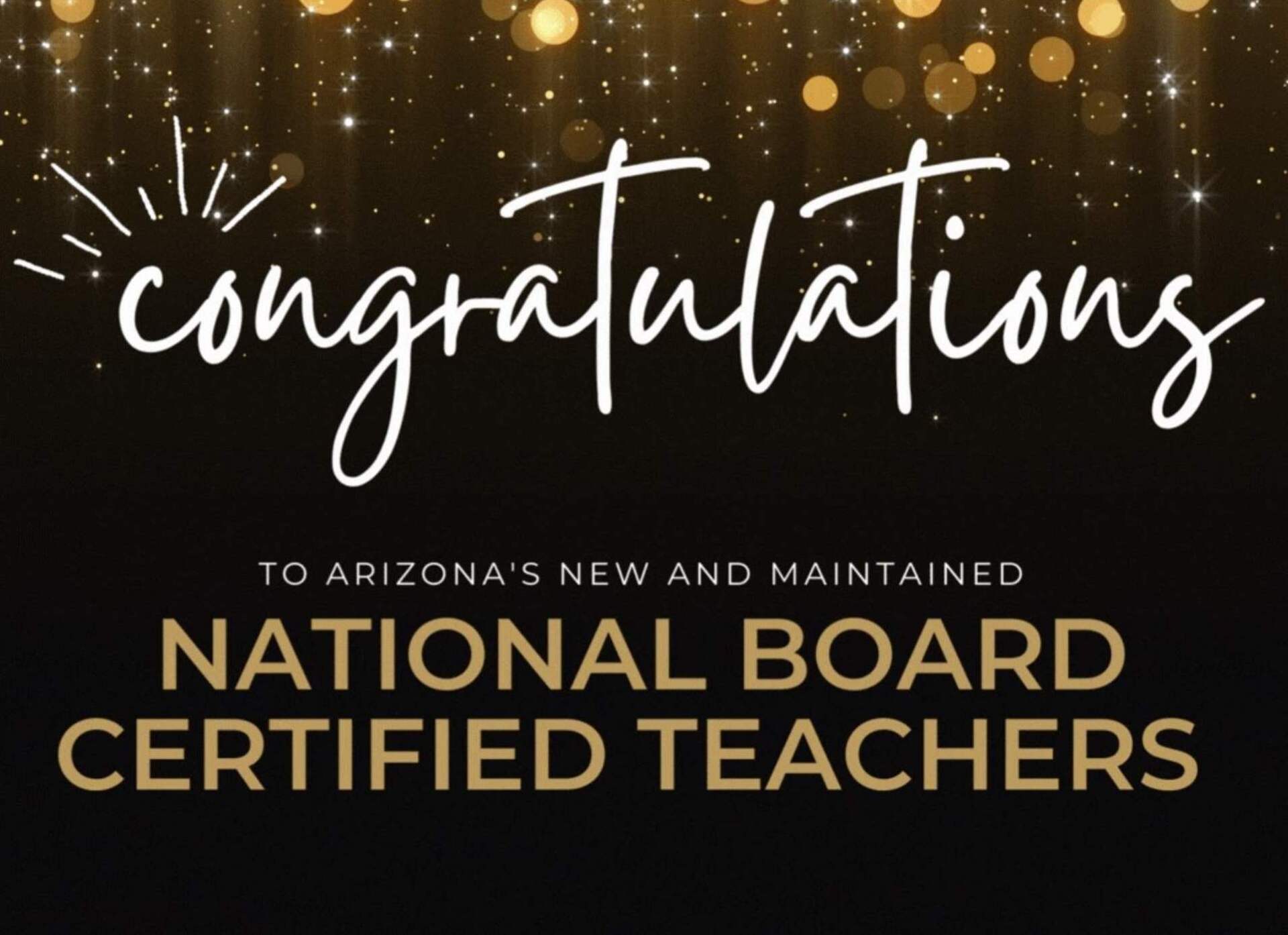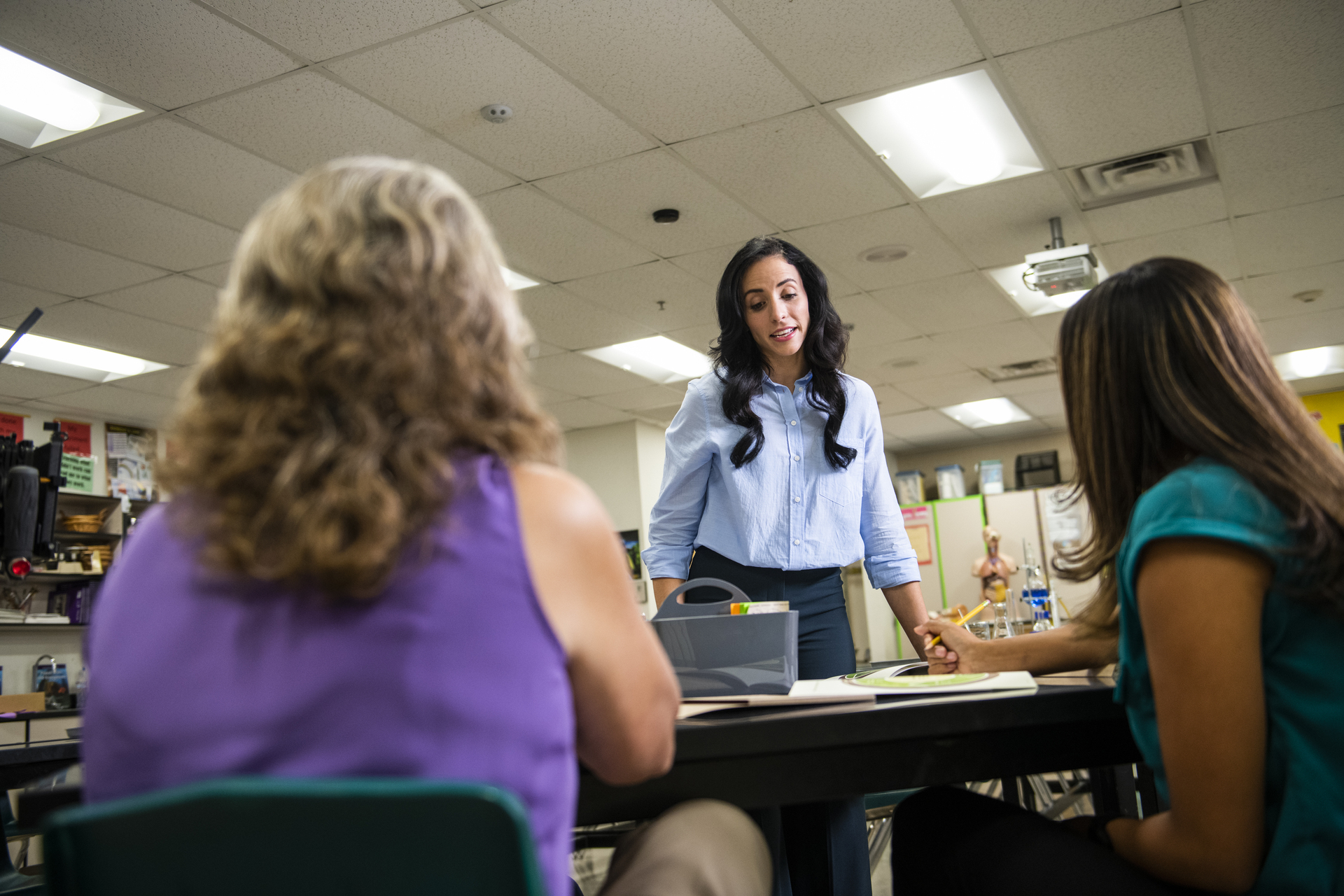July 27, 2017
3 Seating Plans for the Upcoming School Year (and Why They Work)
Having trouble engaging students? Maybe it’s time to change your classroom’s layout.
One student is looking out the door into the hallway, a few are in the back talking, and one student is in the front trying to take notes. We get it: Engaging students can be difficult, even with the best lesson planning.
As it turns out, you can increase student engagement just by changing the layout of your room. Research has shown that classroom engagement can increase by as much as 42 percent when new desk arrangements are used.
So how do you make this a reality in your classroom? Start by testing these three seating layouts.
The Circle/Fishbowl
The problem with a “normal” classroom layout — students in rows — is that students in the back feel hidden. They might think we can’t see them talking or distracting their neighbors, but of course we can!
The reason the circle works is because it eliminates “back of the room” seats. Everyone is up front and center, requiring engagement.
If you combine this layout with a fishbowl lesson plan, students in the center are required to discuss ideas and students surrounding them have to take notes on the discussion. This is far more engaging than sitting in rows receiving a lecture.
Stadium Seating
In this arrangement, desks are in rows with students facing the front. The tweak to this arrangement is that students on the right side of the room (when facing the board) tilt in toward the left, and students on the left side of the room tilt in to the right. The desks themselves are arranged just like seats in a stadium, with rows angled toward the back corners of the room.
There are three main benefits to this arrangement:
First, students have a clear view of the board when no one is sitting directly in front of them. This makes it easier to see and comprehend material.
Second, students can easily see each other. If a learner is confused, he or she can see his or her peers and read their non-verbal cues. When classmates seem confused, students feel empowered to ask questions. We always say, “if you have a question, you’re probably not the only one,” but this arrangement gives individuals actual proof of this.
Third, and finally, this arrangement faces all students toward the teacher. This allows the instructor to see if all students are on task and make eye contact with those who are not.
Clusters
This arrangement groups desks together, usually in clusters of four or five. While this can be distracting for some students, and it isn’t right for all classes, it does have its benefits.
Most importantly, it makes group work easy — students are already facing each other. It also increases the proximity between students and teacher. As groups work, a teacher can sit, stand, or walk near the center of the groups. This allows the teacher to easily overhear groups who misunderstood the assignment and makes the teacher readily available to answer questions.
Your favorite classroom arrangement not listed? Share it in the comments below!
School will be starting soon, have you learned these three useful skills yet?











